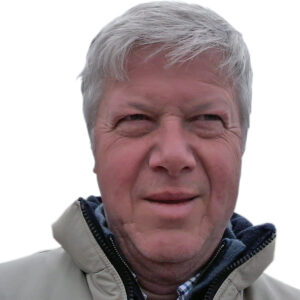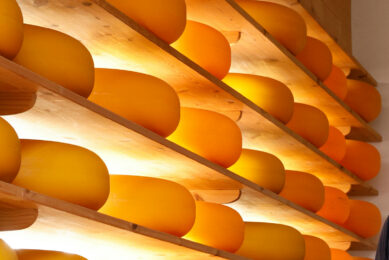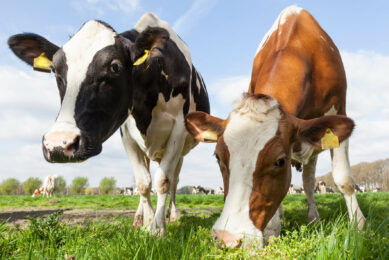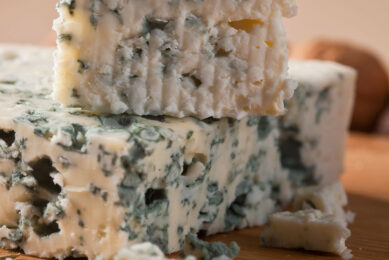Farm report France: How merging ups margins and aids farmers
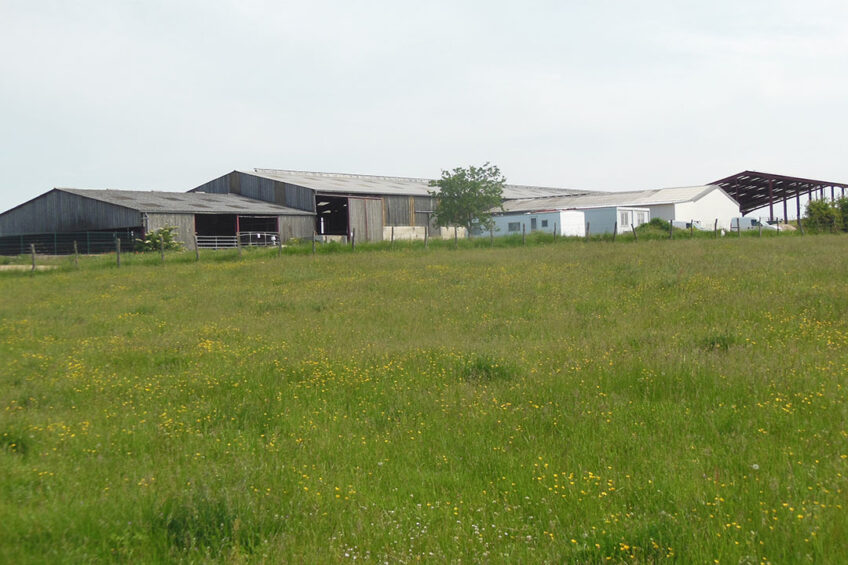
The GAEC des 3 Communes has become one of the main dairy farms in the Burgundy region with an expected milk production of 2.2 million litres, this comes as a result of a merge in February last year with a dairy farm of 130 cows located in a nearby village 5km away.
Eringes is a small rural village in Burgandy, France, located 60km north west from Dijon (situated in the Burgundy and Côte d‘Or department). “When the Agricultural Farming Association was set up in 1973 on the basis of three farms located in three communes: Ménétreux-le-Pitois, Eringes, and Fresne, hence its name (GAEC des 3 Communes = Gaec of the 3 Communes, a GAEC is an Agricultural Farming Association),” explains Fabienne Lepy, one of the associates. In 1993, Fabienne’s brother Christophe, joined the GAEC. Following in his footsteps Christophe’s son Thomas also joined in 2008.

Before merging with the GAEC de la Ruelle, which is another dairy farm located 5km away, the GAEC des 3 Communes operated 710 hectares, and its 2 main productions, cereal and dairy, had an annual turnover of € 1.2 million. Crop production included wheat, rapeseed and barley, with a total of 470 hectares and varied buyers (Dijon Céréales, Soufflet and Bresson Céréales). The rest of the crops, of alfalfa and maize, were for animal feed.
“Our 2 production sectors are extremely dependent on the economy, forcing associates to continually adapt and grow,” says Fabienne who is focused on milk specialisation.
Farm profile
 All the associates have a weekly meeting every Monday morning after milking. From left to right : Thomas, Christophe, Frédéric, Fabienne and Orly. Photo: Philippe Caldier |
A natural merger
“We started to talk about a merge 2 years ago already,” explains Orly Courvoisier, from the GAEC de la Ruelle. “Together we bought a harvester and a slurry tanker in 2010,” states Orly, who adds that her partner Frédéric’s accident a year ago (a quad accident) accelerated the merger process. “I found myself alone taking care of the farm with a lot of stress,” she says.

“Our 2 structures needed manpower,” says Christophe. At the weekly meeting it was decided unanimously to merge the 2 farms.
“The merger went smoothly,” says Fabienne. “We are a complementary and interchangeable team,” adds her brother Christophe. “Now I can take a weekend or 2 to go on vacation,” says a smiling Orly.
Many other benefits are emphasised by the associates: better cow management, more creativity and sharing new ideas, increased economic power, less stress.
Orly and Frédéric’s last 100 cows arrived in Eringes on 24 April. “Since February we have moved 30 dry cows as they are more fragile,” adds Orly.
We have € 4,000 savings per year in accounting fees. Instead of 5 people working on 2 farms, milking now takes place with 3 people, resulting in 2 available workers. “We also sold some machines,” states Christophe.

More alfalfa
The GAEC des 3 Communes invested in a new building to welcome Orly’s herd of 130 cows (a total investment of around € 200 000, of which € 100 000 was subsidies). The associates share the same goals: being profitable, having cows with a good udder and good legs, and cows that become pregnant easily.
“We decided to drop the milk production from around 8,500 kg/cow to 7,700 kg in order to have less vet costs and more cow longevity,” explains Thomas, who is in charge of feeding. ProCROSS* is a genetic scheme applied at the farm where reproduction is managed by 6-7 bulls.
The dairy cow’s ration is based on alfalfa hay (3 kg/cow/day), alfalfa silage (17 kg/cow at 30% dry matter), maize silage (21 kg/cow at 35% dry matter), barley (1.2 kg/cow), rape (0.8 kg/cow), corn-gluten (4 kg/cow), distillers grains (4 kg/cow), and minerals (250 g/cow). “This ad libitum feeding allows an average production of 7,700 kg milk/cow,” adds Thomas. The dry cow ration is composed of alfalfa hay (5 kg/cow), maize silage (16 kg/cow), and corn-gluten (2.5 kg/cow).
Heifers are managed in 3 different locations (Eringes, at Orly’s farm with 60 small heifers and at Philippe Chaudron’s farm in Massingy with 50 heifers). Heifers are fed an alfalfa + maize silage (50/50) mix. “With this feed management, we have a low production cost at around € 700 /heifer,” explains Thomas.

Ecological transition
Fabienne and her associates fully adhere to the agro-ecological approach with the integration of the Haute Côte-d’ Or’s Ecological Transition Contracts (see ETC Box) in 2018. “Thanks to the ETC, our products will be stamped ETC and we will be able to develop our own dairy product brand,” explains Fabienne. As a result, milk prices would rise from 33 to 39 cents per litre.
How will the GAEC des 3 Communes evolve in the future? Philippe Chaudron, 1 of the 7 associates in charge of heifer breeding, will retire within 2 to 3 years and will have to be replaced. “We may merge with another dairy farm,” concludes Fabienne Lepy.
* ProCROSS, is a crossing strategy which emerged in the 2000s in the US. It aims to connect 3 complementary breeds, namely the Holstein breed, dominant in production, the Montbéliarde breed, bringing rusticity and body condition, and the Scandinavian Red, favouring calving. The objective of this 3-way combination is therefore to optimise the heterosis effect as well as the genetic progress of each breed. The products obtained are more heterogeneous, but have the advantages of a significantly improved fertility, better resistance to diseases, and a greater adaptability to environmental and food modifications.
Ecological transition contracts (ETC)The Ecological Transition Contracts (ETC) is an innovative approach of the French Government to support the ecological transformation of territories. It illustrates the method desired by the Government to support local establishments in co-construction of territories with ecological transitions, generating economy and social opportunities |
Join 13,000+ subscribers
Subscribe to our newsletter to stay updated about all the need-to-know content in the dairy sector, two times a week.



